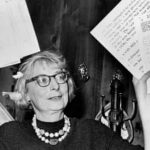It’s said that a woman with a dream is a force to be reckoned with and Jane Jacobs emulated this. She was born on 4th May of 1916 to a former teacher and a physician. During the great depression at the age of 18, she moved to New York City and took a particular liking to Greenwich Village; unaware of what great role it would play in her future or rather what role she would play in it.

Her early days in the city of New York were busy as she took on a variety of jobs. Some of the jobs included stenography and freelance writing which gave her a better understanding of what the city was like, what made it tick, and how it worked. In 1943 Jacobs wrote an article on economic decline in Scranton which resulted in the Murray Corporation of America. She later became a writer for the Office of War Information and thereafter a reporter for America.
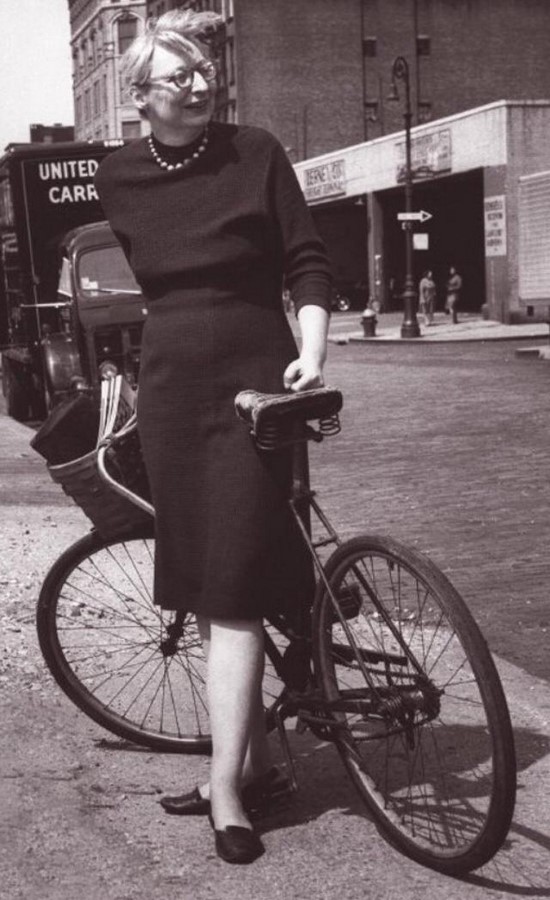
There were many momentous events in Jacobs’s first years of her career and joining the Architectural Forum was one of them. Her position as an associate editor introduced her to the world of Urban Design which she would eventually mark her place in history with. Jacobs stunned her editors after writing a piece that criticized rather than praised Edmund Bacon on development in Philadelphia that he had designed. She reacted against the residents of that neighborhood that were directly affected and this led her to question what exactly urban planning was classified as.
Jacobs gave a speech at Harvard University where she addressed architects, urban planners, and other intellectuals. She gained a lot of recognition after that but also became a threat to the well known urban planners, real estate, and developers at the time. One of the major building blocks that led to Jacobs’s recognition and work was being awarded a grant by the Rockefeller Foundation in 1958 to create a critical study of city planning and urban life in the United States. She was urged to explore urban design and look for ideas that would improve the way of thinking on city design to serve urban life including cultural and humane value. Jacobs’s efforts and dedication eventually led to the publishing of her book ‘The Death and Life of American cities’ which is arguably the momentous event of her career.
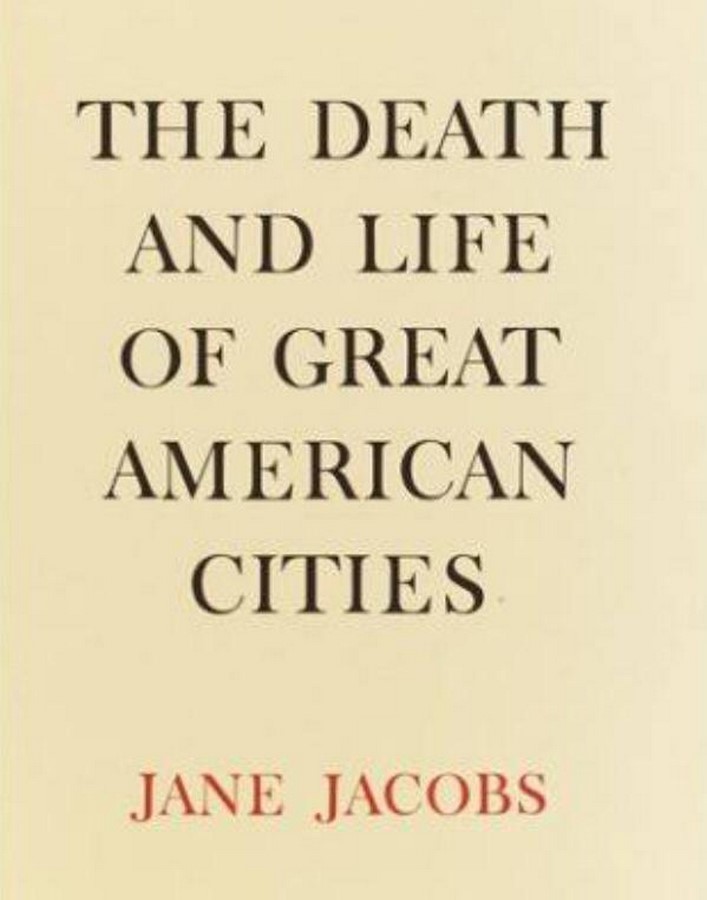
This book could not have been written at a better time because it said what needed to be said asked very revoking questions. It may have gotten her a lot of criticism at the time or may have been thought of as radical but till today, that book has influenced the view on how cities are to be planned. The male predominant urban planning profession heavily criticized her as ‘militant dame’ and a mere housewife. Despite having taken training in General Studies and taking up courses like law, political science, and economics, she was looked down upon for not having training or credentials in urban planning. In addition to this, she was also criticized for endorsing gentrification.
In the 20th Century, Modernism was at its high and for most designers; it meant stripping down the old and rebuilding the new. Robert Moses was a powerhouse in the construction industry and saw modernism and urban design as ‘slum cleaning’. During an interview, he said “cities are created by and for traffic. A city without traffic is a ghost town.” Jacobs disagreed with this and believed that new did not necessarily mean better. She believed that to some extent, people must feel the legacy of their history through their environment and that one had to design for people and not automobiles.

When Robert Moses proposed the Construction of the Lower Manhattan Expressway (LOMEX) which would connect the Manhattan and Williamsburg Bridges to the Holland tunnel, Jane Jacobs was against the proposal as it would leave 132 families on the streets and displace 1000 small businesses. Jane Jacobs took an active role against this and led the community into a protest against the construction of the expressway. Not only was Jacobs a writer that dared to speak her mind but she was an activist and actively stood by what she believed. As a leader, she united people who would seemingly not work together to fight for something they believed in.
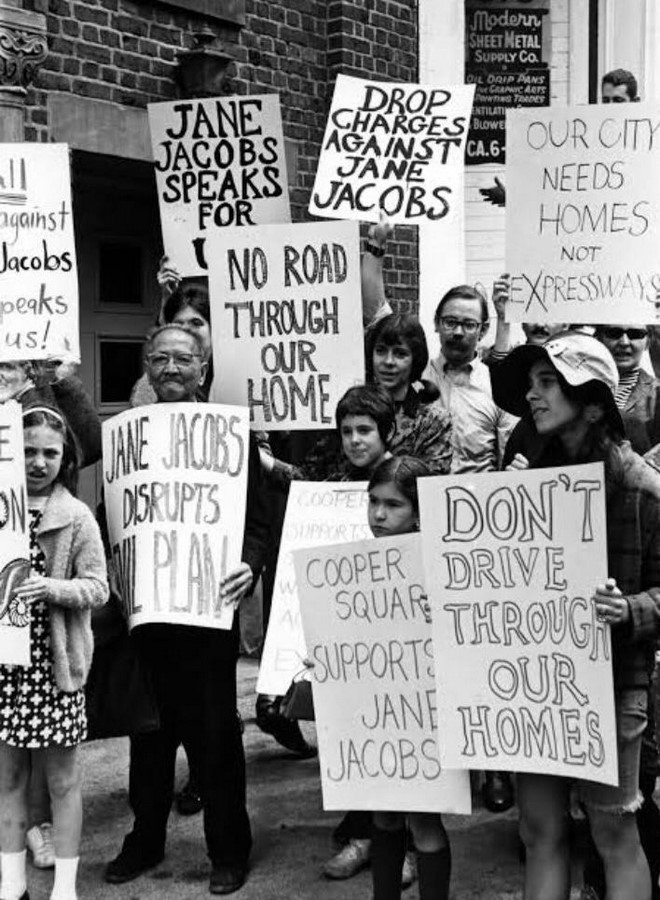
On 16th April 1968, she was arrested at a public hearing for getting on stage and destroying stenographers’ notes. Jacobs was arrested for stirring up a riot, criminal mischief, and obstructing public administration. Robert Moses had greatly underestimated his opposition because Jacobs did herself and Manhattan proud when the proposal for the Lower Manhattan Expressway had been turned down. This was one of the moments in history where the power of people and community were acknowledged. The neighborhood would remain without having a major expressway passing through the center and even in a modern world; residents would live there without having to drive. More than anything, mixed-use neighborhoods would continue to grow and places for living, working, entertainment and consumption would coexist.
Jacobs went on to write more books like ‘The Economy of Cities’,’ The Question of Separatism: Quebec and the Struggle over Sovereignty to mention a few. How she yearned for transformation is truly inspiring and like some other strong women of the past, she cared about her community and stood by what she believed in despite being criticized for wanting change. Despite being looked down upon, she kept fighting and this is what set her apart. Even though she saw the greatest legacy in her contributions to economic theory, it’s actually in urban design where she’s been most impactful. Her tremendous acts of passion and courage shaped what urban design is today and even though she is no longer here today, her works will forever be remembered.
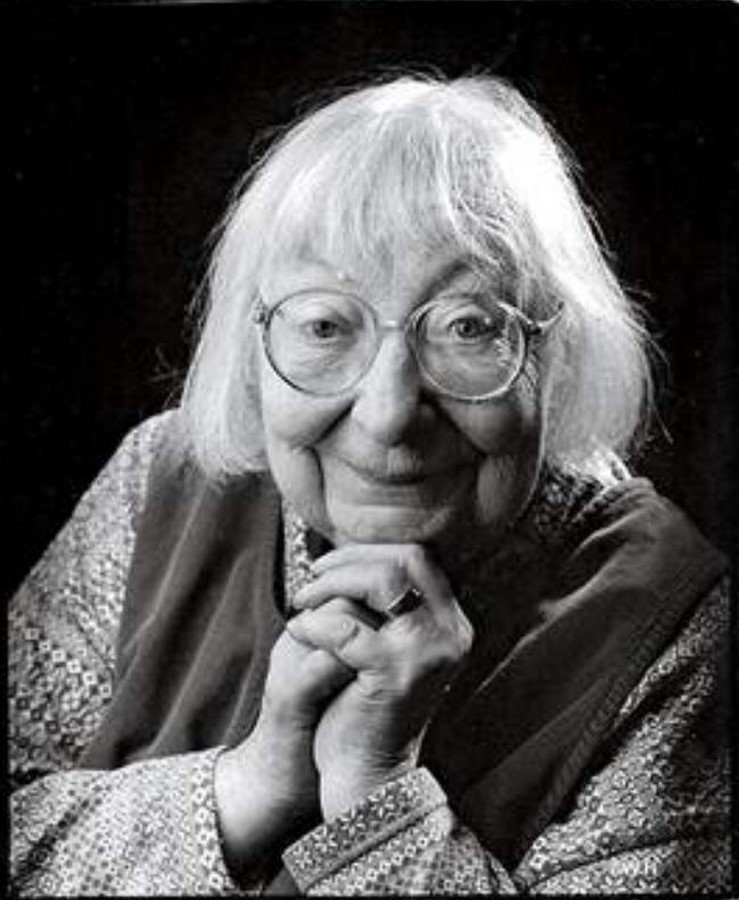
Research sources :
Wikipedia
Janejacobswalk.org
Youtube: Jane Jacobs vs Robert Moses: The urban fight of the century
Remembering Jane Jacobs









